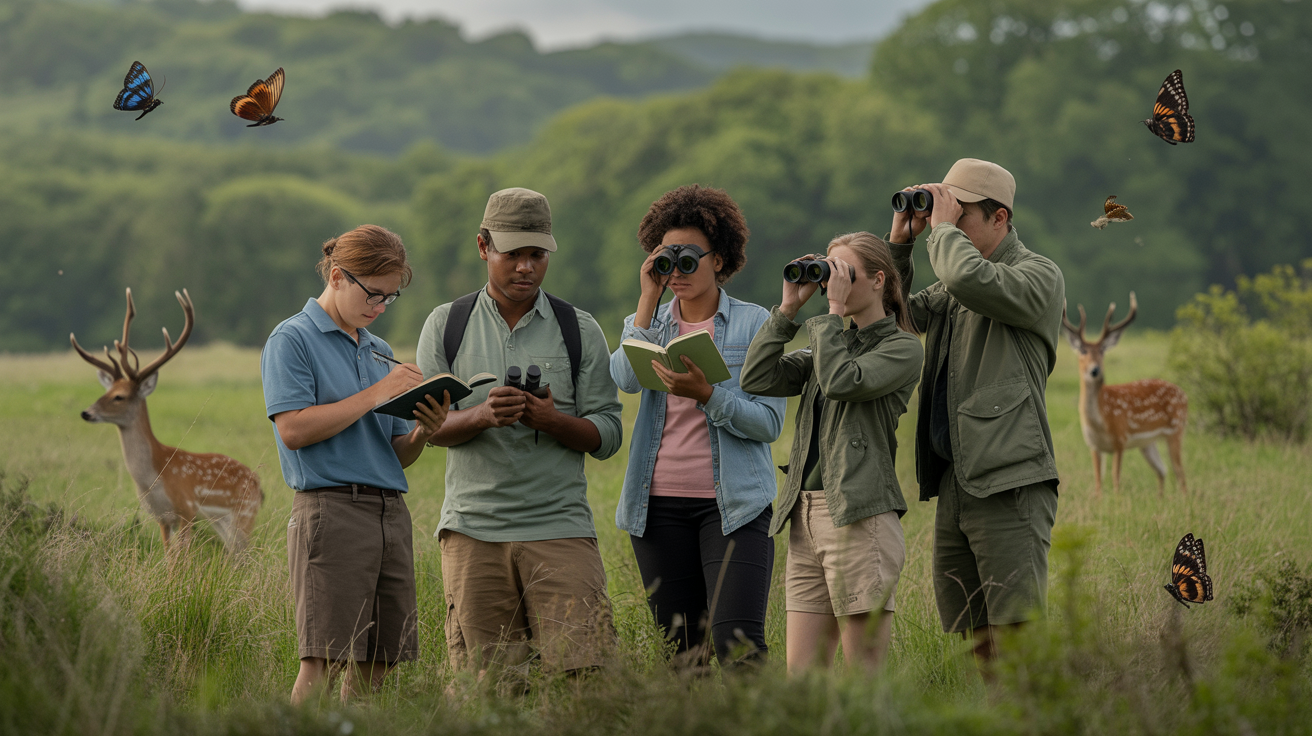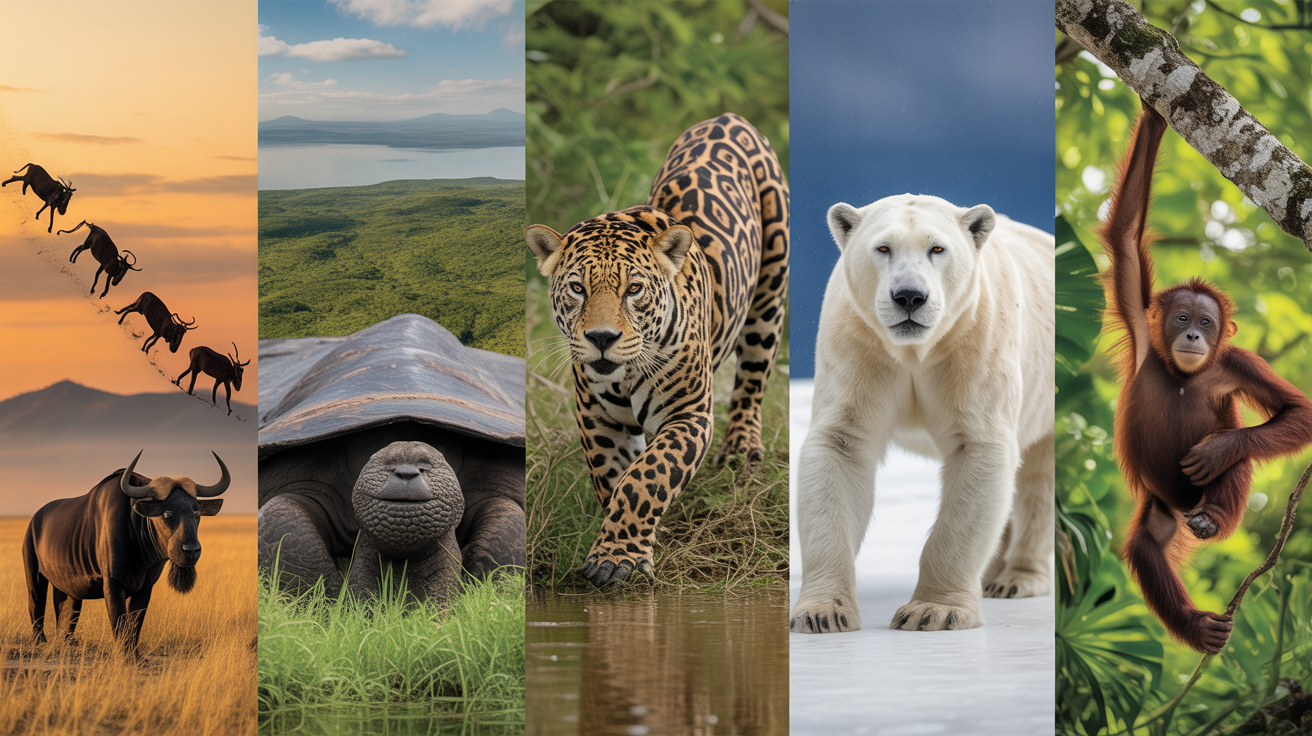The 7 Essential Field Guides Every Wildlife Enthusiast Should Own (and Why Experts Rely on Them)
Whether you're a budding naturalist or a seasoned biologist, the right field guide can transform your wildlife adventures. Expert naturalists know that accurate identification is crucial for research, conservation, and simply appreciating the natural world. In this Animal Atlas Expert Wildlife Picks feature, discover the seven field guides that belong on every wildlife enthusiast’s bookshelf—and in their backpack.
Why Field Guides Matter
Field guides are more than just books; they're your passport to understanding biodiversity. These trusted companions help identify species, interpret animal behavior, and even contribute to citizen science initiatives. With detailed illustrations, range maps, and ecological notes, field guides empower both amateurs and professionals to make informed observations in the wild.
1. The Sibley Guide to Birds by David Allen Sibley
This comprehensive bird guide is a favorite among ornithologists and birdwatchers. Featuring over 6,600 detailed illustrations, it covers more than 800 species found in North America. Sibley's meticulous attention to plumage variations and behavior makes it invaluable for identifying tricky species in the field.
- Fun Fact: North America is home to over 900 bird species—making a reliable bird guide essential!
2. Peterson Field Guide to Mammals of North America
From tiny shrews to majestic bears, this guide covers all mammals north of Mexico. Roger Tory Peterson’s signature field markings system makes identification easier, while range maps, tracks, and behavioral notes provide context for each species.
- Includes illustrations of animal tracks—a vital tool for wildlife tracking.
3. Kaufman Field Guide to Insects of North America
Insects make up more than 80% of all known animal species, so a high-quality insect guide is a must. The Kaufman guide offers user-friendly photographs and accessible text, making it ideal for beginners and experts alike. It covers over 2,350 species, including many pollinators and beneficial insects vital to ecosystems.
“The more you look, the more you see. The more you see, the more you understand.” — Kenn Kaufman
4. National Audubon Society Field Guide to Reptiles and Amphibians
This classic guide features over 600 stunning color photographs of turtles, snakes, frogs, and salamanders across North America. It includes detailed habitat descriptions and notes on conservation status—crucial for those interested in the protection of herpetofauna.
- Many amphibians are sensitive indicators of environmental health due to their permeable skin.
5. Peterson Field Guide to Wildflowers
Wildflowers provide food and habitat for countless animals. This guide helps identify over 1,200 species, with clear drawings and descriptions highlighting key features. Understanding plant-animal interactions supports conservation efforts and deepens appreciation for local biodiversity.
- Wildflowers are essential for native pollinators like bees and butterflies.
6. Tracks & Sign of Insects and Other Invertebrates by Charley Eiseman & Noah Charney
Most field guides focus on identifying animals by sight, but this unique book teaches how to read the clues animals leave behind—chewed leaves, burrows, and more. It’s a favorite among wildlife trackers and anyone eager to unlock the hidden stories of the landscape.
“Every track tells a story of animal behavior, survival, and the intricate web of life.”
7. The Collins Complete Guide to British Wildlife (or Regional Equivalent)
For those exploring outside North America, the Collins guide is an excellent all-in-one resource, covering mammals, birds, reptiles, amphibians, fish, and invertebrates found in the UK and Europe. Regional field guides are essential for accurate identification and understanding local ecosystems wherever you roam.
- Many field guides have regional versions, so always choose one tailored to your location.
How to Choose the Right Field Guide
When selecting a field guide, consider portability, clarity of illustrations or photos, and the inclusion of range maps. Waterproof or pocket-sized editions are ideal for outdoor use. Digital apps are also gaining popularity, offering interactive features and up-to-date information—but traditional print guides remain indispensable for their reliability and detail.
Field Guides: Tools for Conservation
Field guides are more than identification tools—they foster curiosity and stewardship. Recording sightings and sharing data with conservation groups helps monitor species populations and track environmental changes. In fact, citizen scientists equipped with field guides have contributed to major discoveries, from new species to tracking the spread of invasive organisms.
Conclusion: Equip Yourself for Adventure
Every wildlife enthusiast’s journey begins with keen observation. With these seven essential field guides, you’ll be prepared to explore, document, and ultimately help protect the world’s astonishing biodiversity. Whether you’re in your backyard or deep in a national park, let your field guide be your window into the wonders of the natural world.


